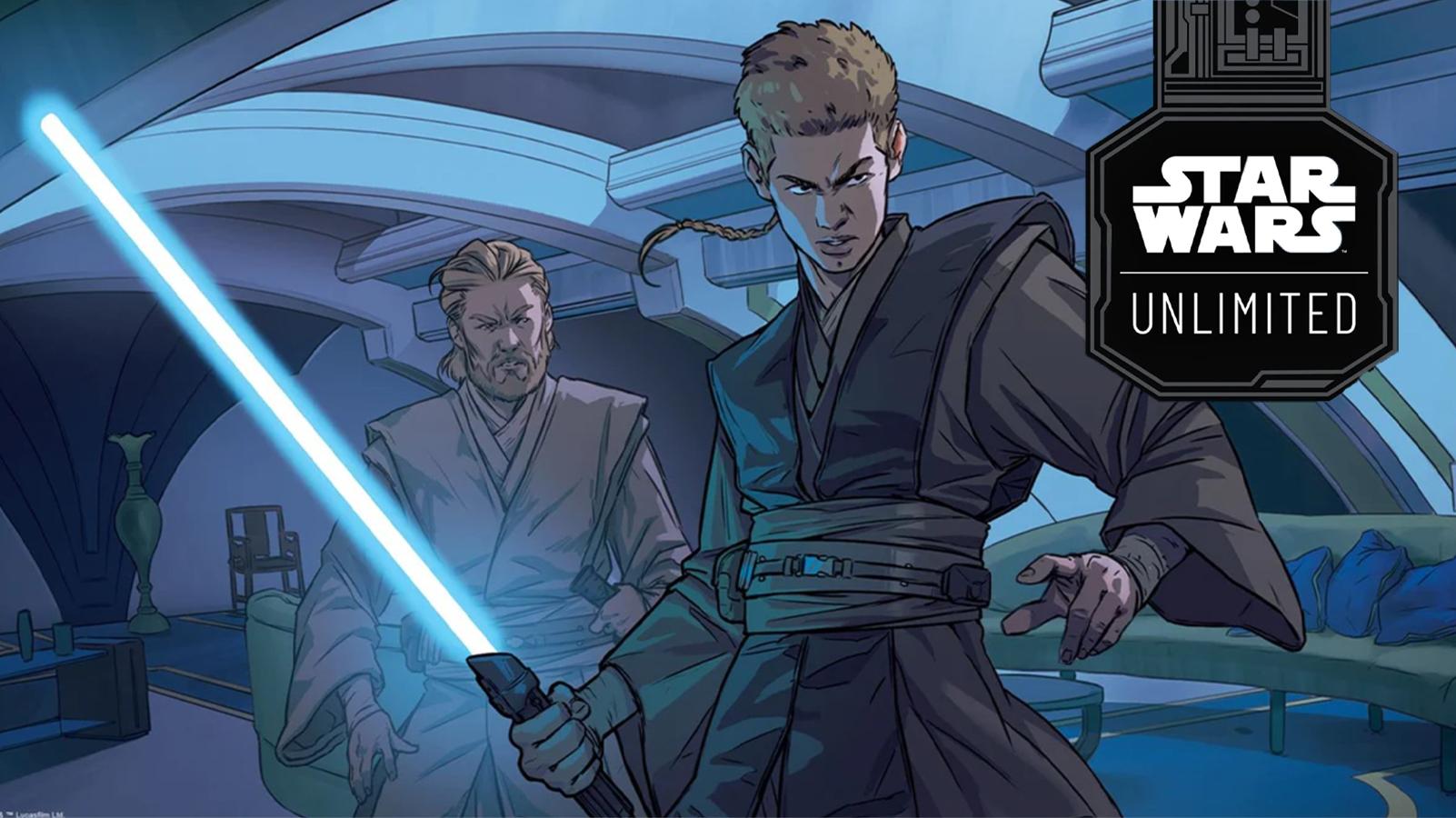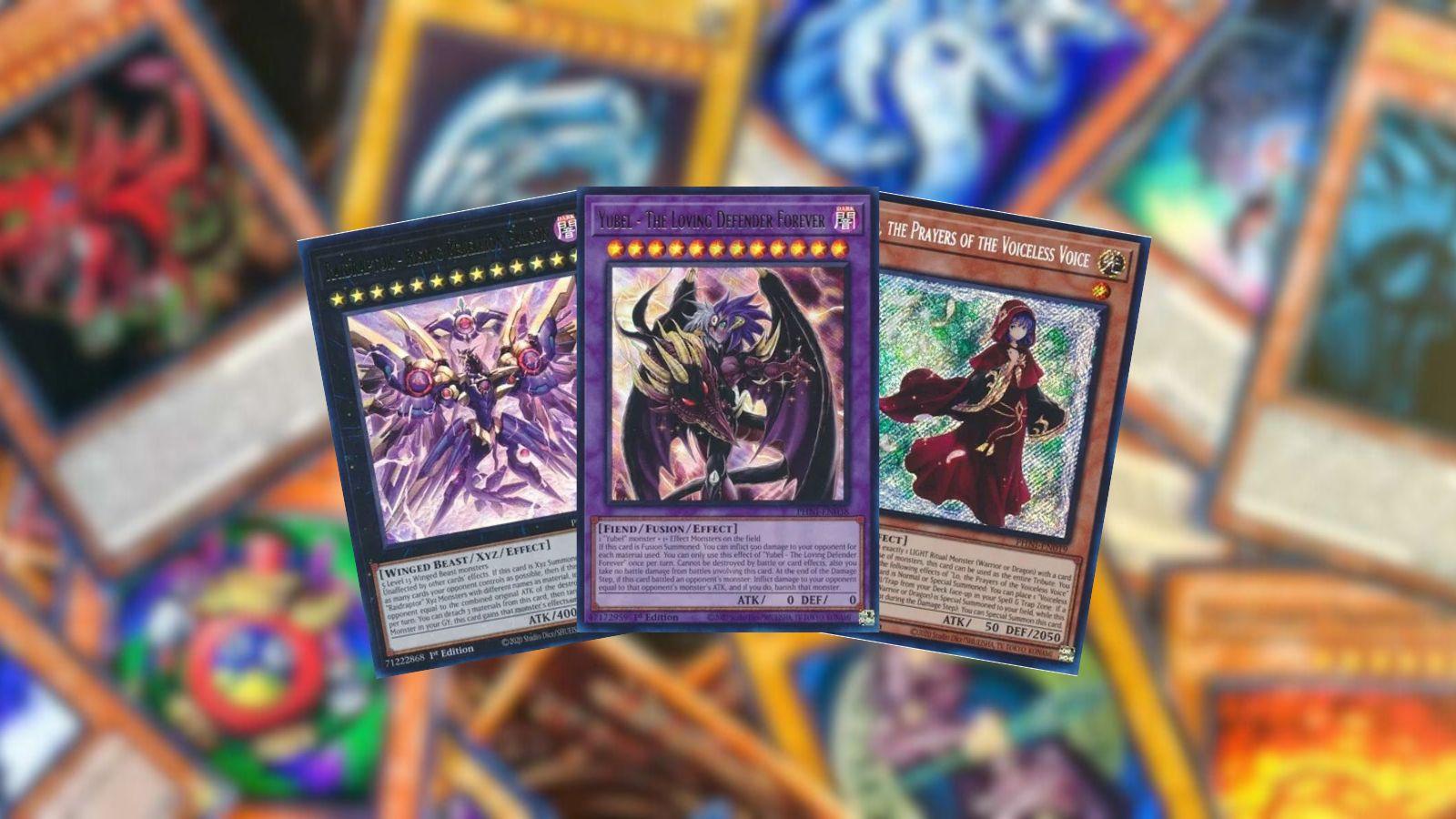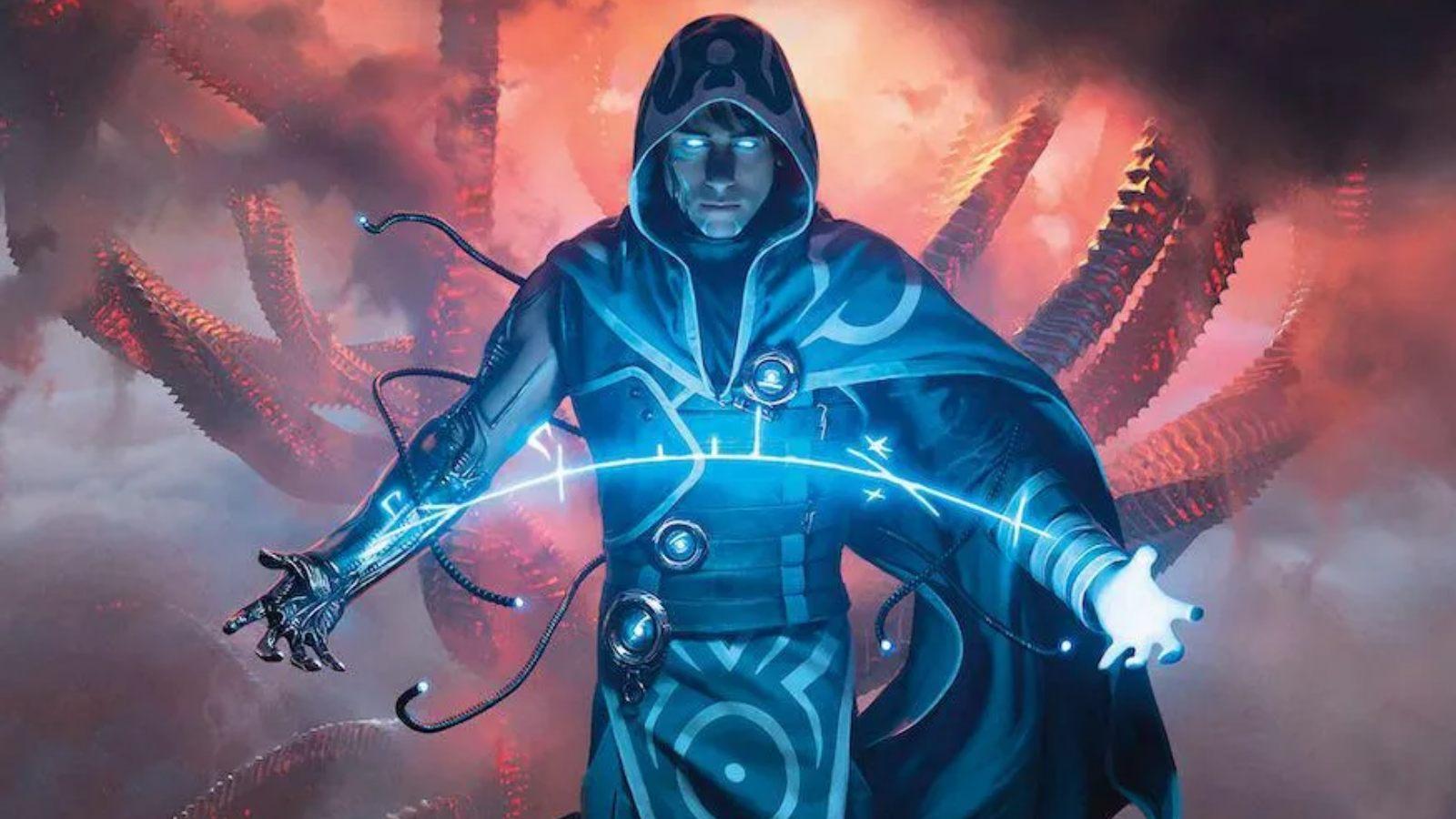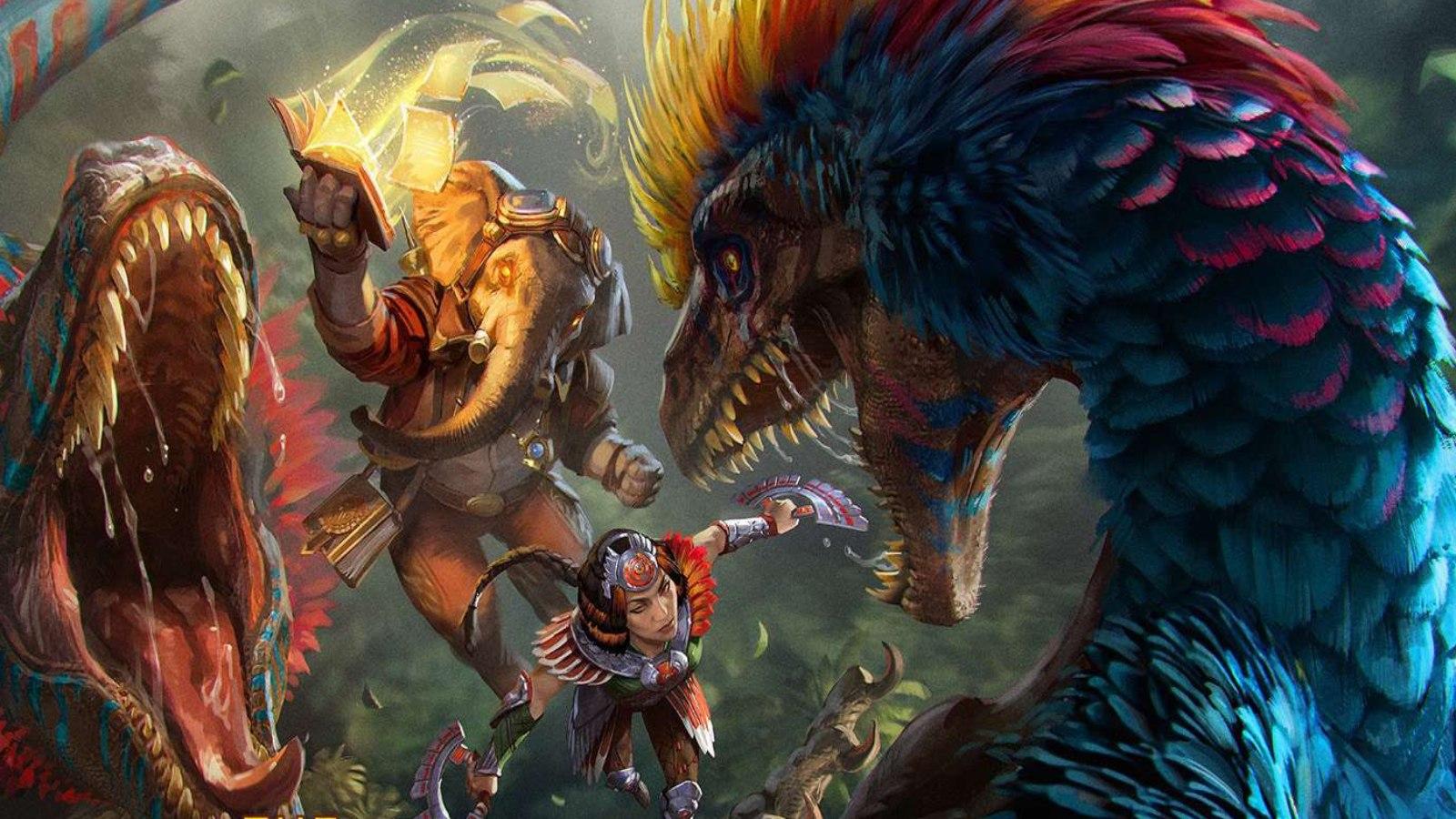What is the Power Nine? The strongest cards in MTG
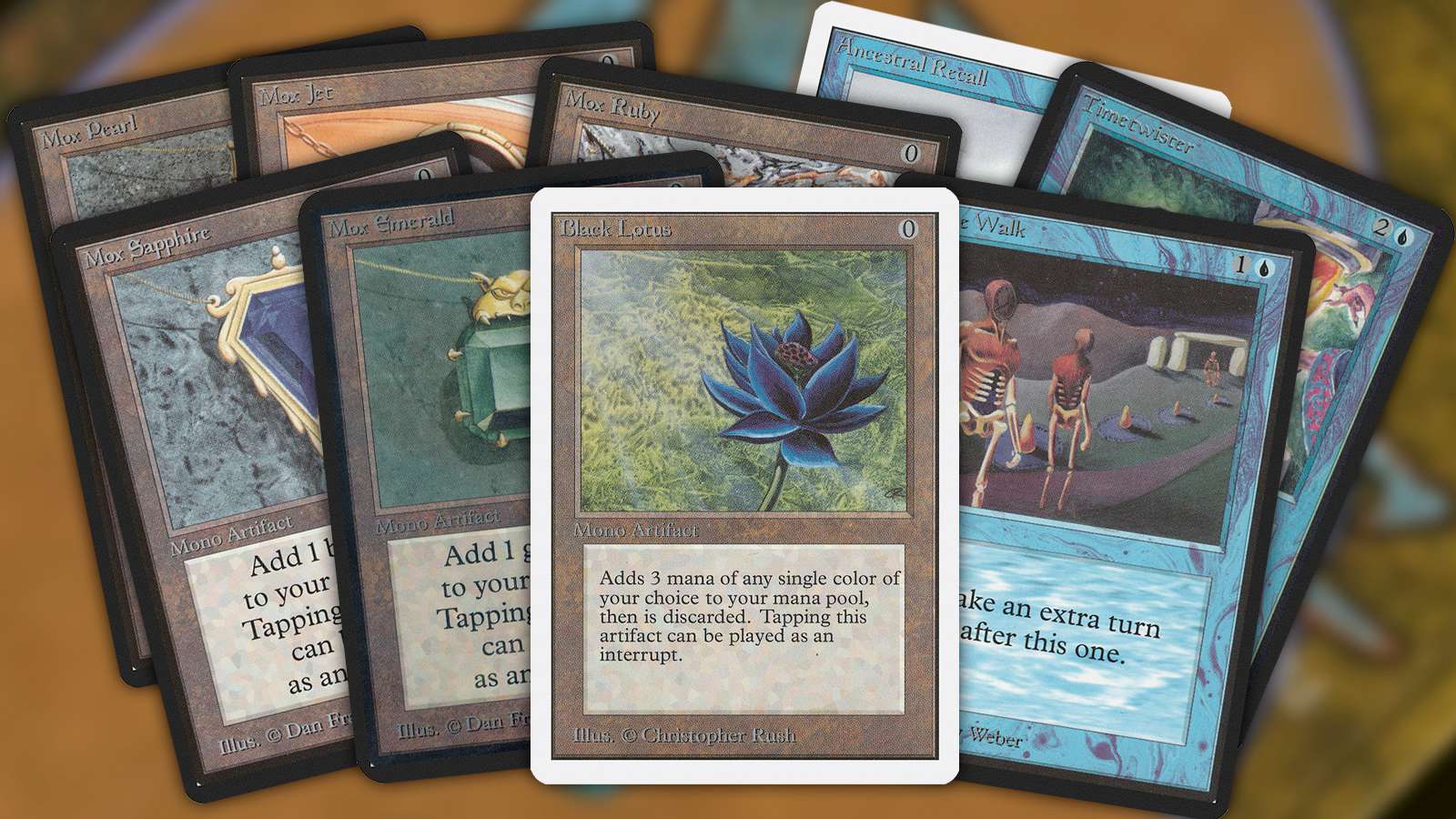
We’ll walk you through the set of cards – arguably the strongest ever printed – that have gained a permanent spot on MTG’s reserve list.
Any trading card game with as long a history as MTG is bound to have put out a wealth of powerful cards over its lifespan. But the Power Nine stand head-and-shoulders above the rest of the game’s heaviest hitters.
The Power Nine originated all the way back in Magic’s first-ever set, Alpha. As MTG has progressed and developed, careful thought has gone into weighing up the strength of each set to keep formats as fair as possible. The Power Nine are a relic of a brief time when card design was unfettered by concerns of balance against other sets, and their abilities are truly exceptional as a result.
What are the Power Nine in MTG?
The cards that make up the Power Nine are as follows:
- Ancestral Recall
- Black Lotus
- Mox Emerald
- Mox Jet
- Mox Pearl
- Mox Ruby
- Mox Sapphire
- Timetwister
- Time Walk
Ancestral Recall
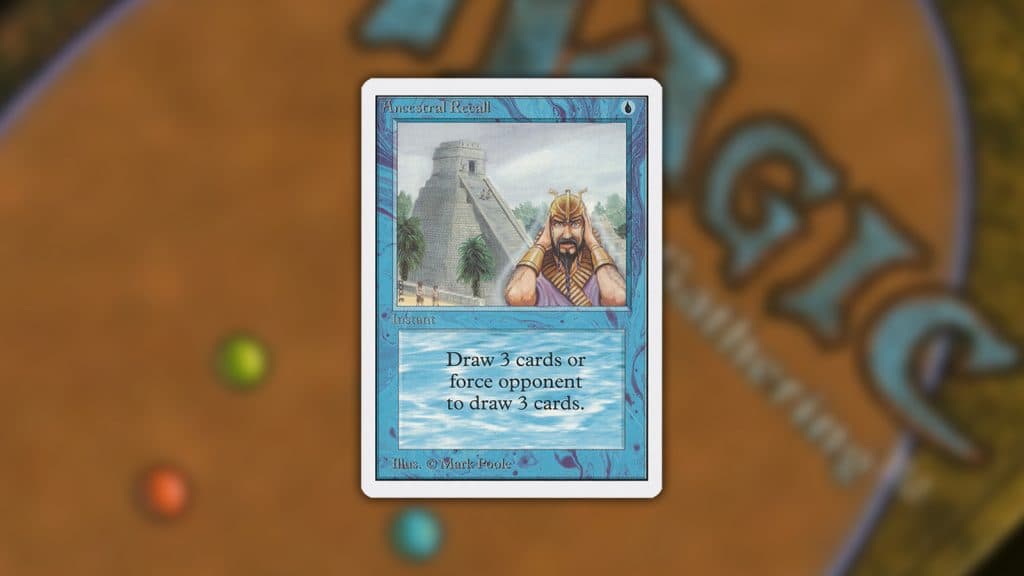
For the cost of a single blue mana, a target player draws three cards.
Simply put, no other draw card in MTG gives you as many cards for as little cost entirely on its own. Adding three cards to a player’s hand for next to nothing grants a huge amount of flexibility and absolutely contributed to Blue’s early dominance on the Magic scene.
Black Lotus
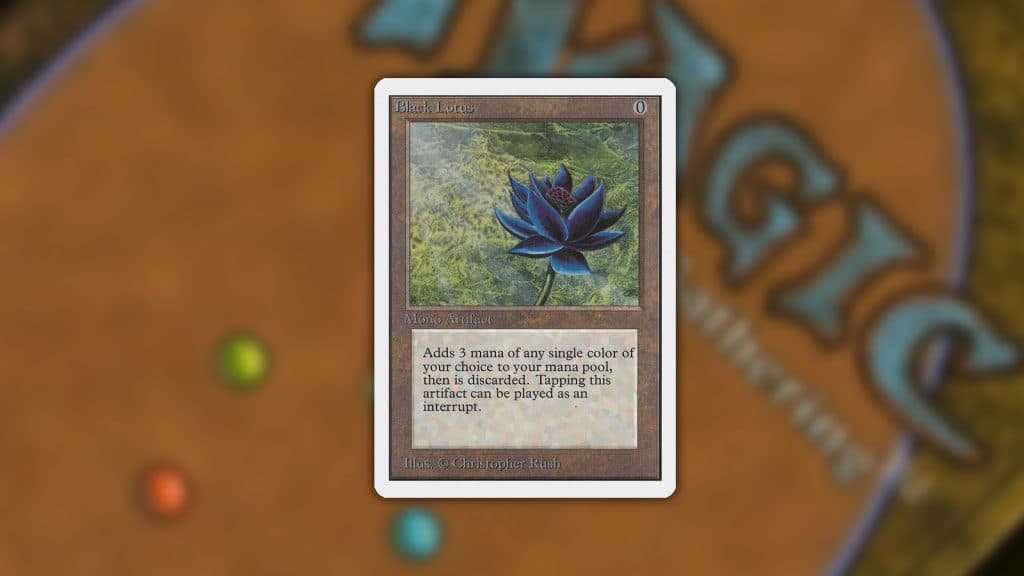
The most widely-known of all the Power Nine, and quite possibly the most famous MTG card of all time. Black Lotus is the prize to end all prizes, reliably fetching fortunes at auction.
Black Lotus can be tapped and sacrificed for three mana of any one color and is one of Magic’s few 0-cost cards that are exceptionally powerful. Three Mana for free is inarguably MTG’s best deal of all time.
The Five Moxes: Jet, Pearl, Emerald, Sapphire, Ruby
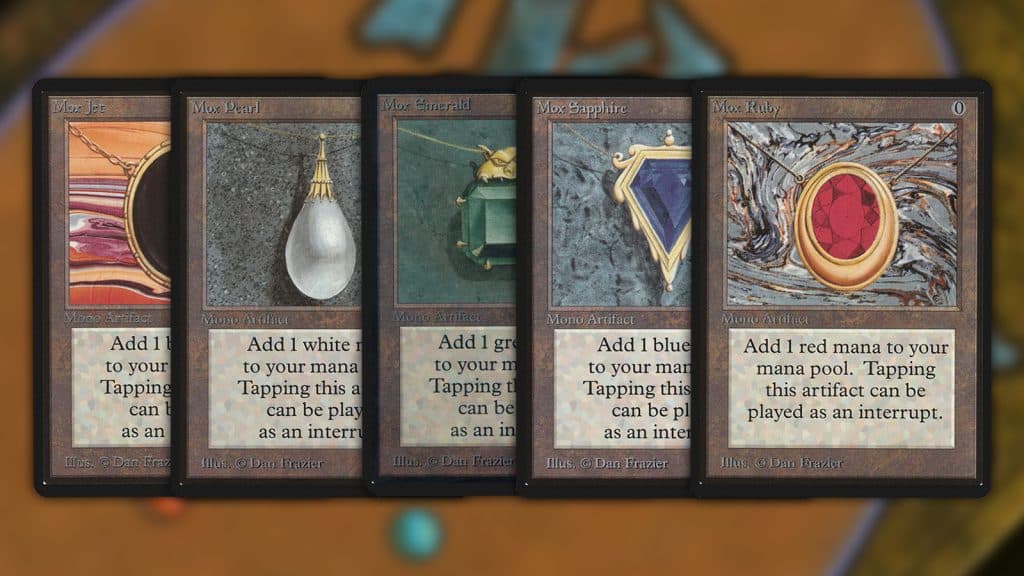
Mox Emerald, Jet, Pearl, Ruby, and Sapphire are all 0-cost artifacts that can provide one mana of their associated color whenever they are tapped.
As with Black Lotus, anything that provides mana for free is practically a must-include in MTG. And although they don’t immediately provide as much value as Black Lotus, the Moxes’ lack of sacrifice cost makes them almost as fearsome.
Timetwister
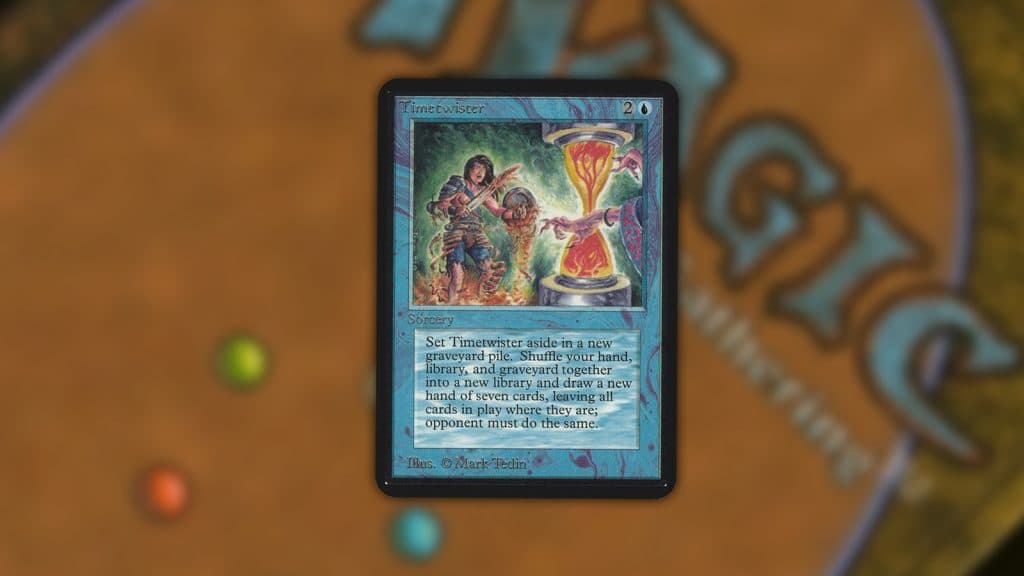
Timetwister’s effect is known in MTG terms as a ‘wheel.’ For a cost of one blue and 2 generic mana, the player shuffles their library, hand, and graveyard together and draws seven cards.
Timetwister is unique among the Power Nine in that its effect has been matched in cost and effectiveness by similar cards in the years since. What makes Timetwister an oppressive force on the field is the format in which it is accessible.
With access to other members of the Power Nine, Timetwisters’ reliability and the ease with which it can be cast become truly difficult to play against.
Time Walk
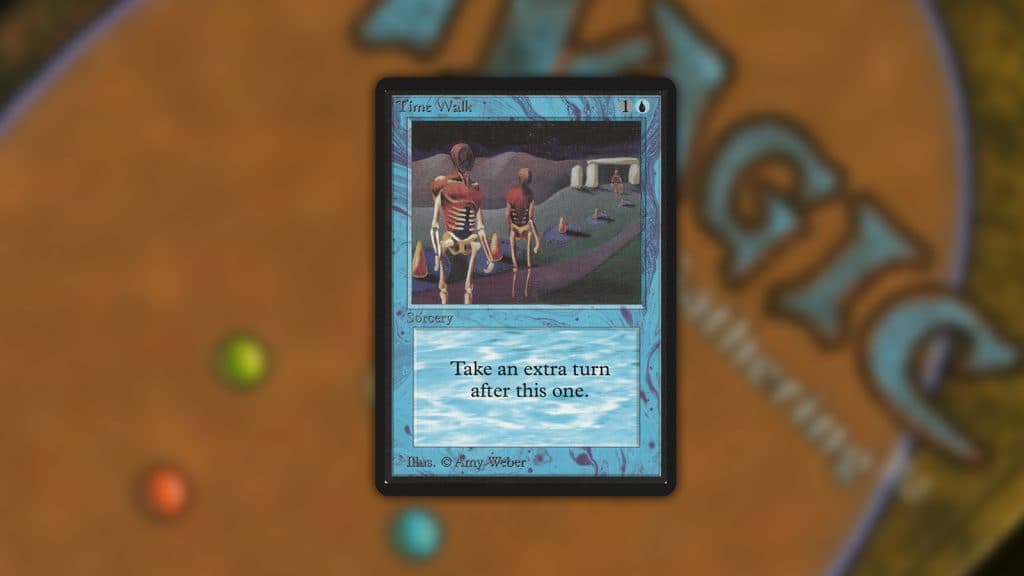
For one blue and one generic mana, the player can take another turn after the current one.
Magic has continued to print extra-turn cards in the years since Alpha’s release. But each of them is either much more costly than Time Walk or comes with a significant downside. Two mana for an extra turn is more than enough to close out most games.
Are the Power Nine tournament legal in MTG?
Despite their outperforming almost every other card in Magic, you may be surprised to learn that the Power Nine are still able to be played in a single format; Vintage. But even then, the cards are categorized as restricted, meaning that only one copy of each can be played in a given deck.
The Power Nine are feared and respected by MTG players in equal measure. While players can go their whole careers without seeing any of the Nine in the wild, they have retained their revered status for the whole of the game’s history.
